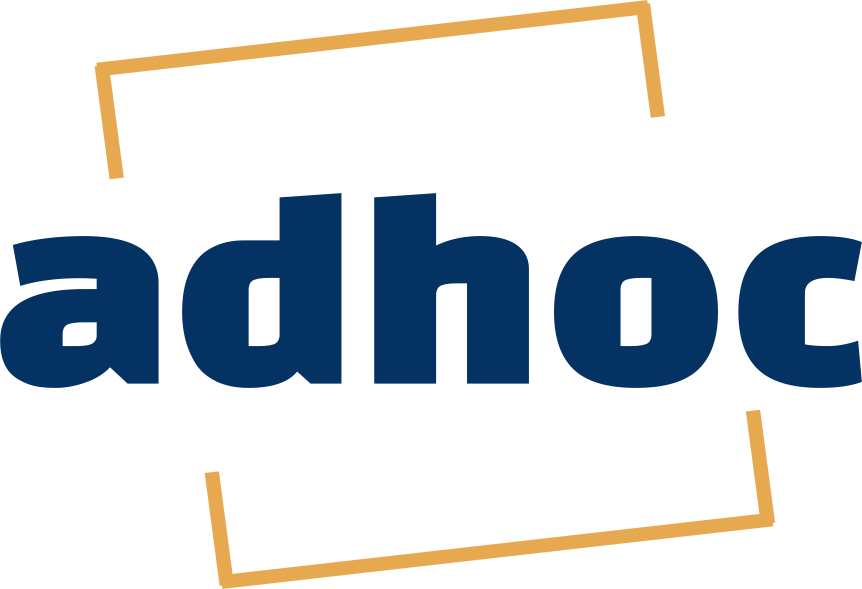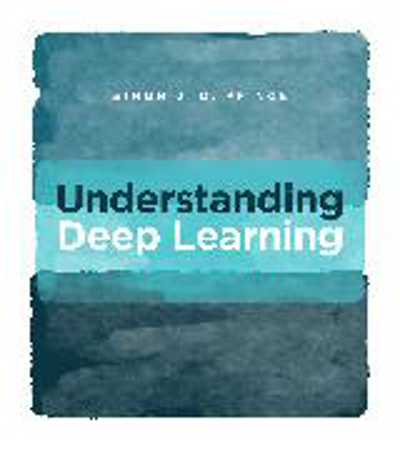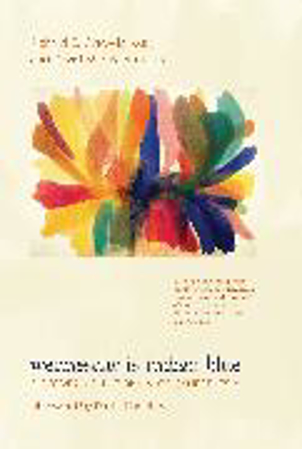MIT Press
"This book covers modern deep learning and tackles supervised learning, model architecture, unsupervised learning, and deep reinforcement learning"--
A completely revised edition, offering new design recipes for interactive programs and support for images as plain values, testing, event-driven programming, and even distributed programming.
This introduction to programming places computer science at the core of a liberal arts education. Unlike other introductory books, it focuses on the program design process, presenting program design guidelines that show the reader how to analyze a problem statement, how to formulate concise goals, how to make up examples, how to develop an outline of the solution, how to finish the program, and how to test it. Because learning to design programs is about the study of principles and the acquisition of transferable skills, the text does not use an off-the-shelf industrial language but presents a tailor-made teaching language. For the same reason, it offers DrRacket, a programming environment for novices that supports playful, feedback-oriented learning. The environment grows with readers as they master the material in the book until it supports a full-fledged language for the whole spectrum of programming tasks.
This second edition has been completely revised. While the book continues to teach a systematic approach to program design, the second edition introduces different design recipes for interactive programs with graphical interfaces and batch programs. It also enriches its design recipes for functions with numerous new hints. Finally, the teaching languages and their IDE now come with support for images as plain values, testing, event-driven programming, and even distributed programming.
Scientists attempt to decode what may be a message from intelligent beings in outer space.
By pure chance, scientists detect a signal from space that may be communication from rational beings. How can people of Earth understand this message, knowing nothing about the senders—even whether or not they exist? Written as the memoir of a mathematician who participates in the government project (code name: His Master's Voice) attempting to decode what seems to be a message from outer space, this classic novel shows scientists grappling with fundamental questions about the nature of reality, the confines of knowledge, the limitations of the human mind, and the ethics of military-sponsored scientific research.
This is a clear, clever book that will appeal to synaesthetes in search of explanations, and to all with a passion for neurology's wild territory.
—Liz Else, New Scientist—Kit White's 101 Things to Learn in Art School is a delight…Anyone who has ever visited an art museum, made art, or read about it could learn something from this little book.
—Beth Williamson, Cassone—There cannot be a better, smarter manual for anyone crazy enough to want to become a visual artist, or for the encouraging and/or bewildered loved ones of such a person.
—Kurt Anderson, Studio 360 Blog—






















